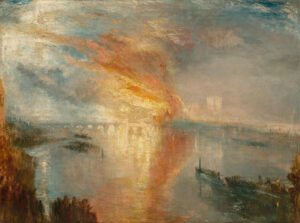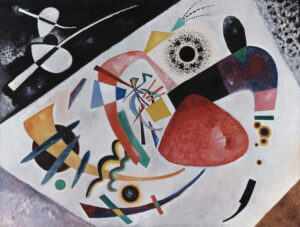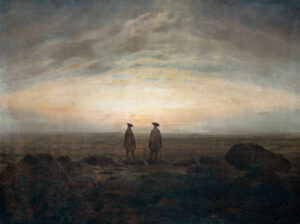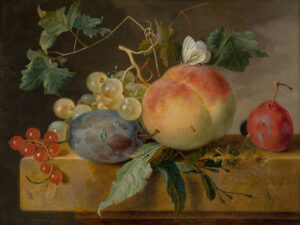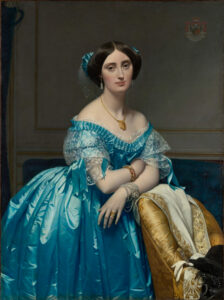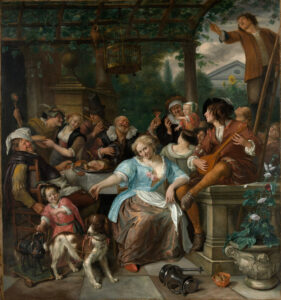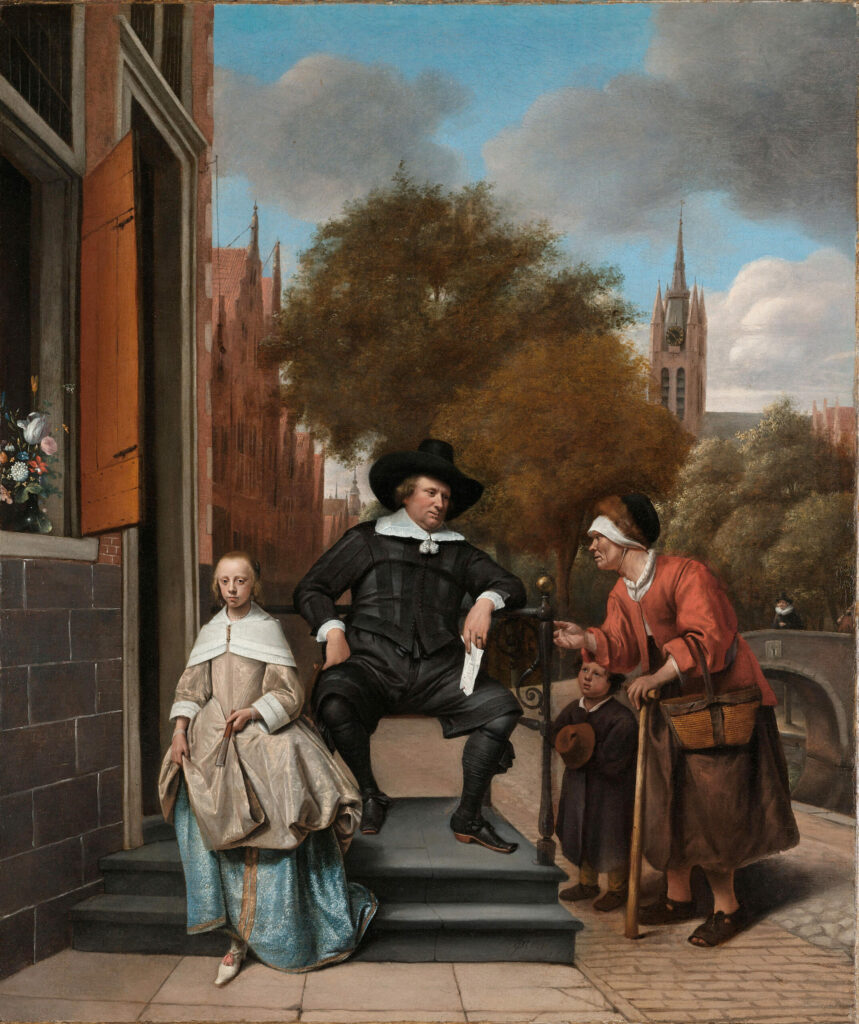
This masterful work by Jan Steen is a true meditation on social conditions in 17th-century Holland.
Adolf Croeser, burgomaster and wealthy merchant, sits confidently on the steps of his patrician residence bordering the Oude Delft, in a pose of natural authority. His daughter Catharina, thirteen years old, gazes at the viewer with troubling intensity, embodying the privileged youth of the urban elite. Steen subtly enriches the composition with a moral dimension: an indigent woman accompanied by her child solicits charity from the notable, creating a striking contrast between bourgeois opulence and popular precarity. The refined architecture, recognizable urban landscape, and precision of the costumes testify to Dutch realism, while the golden light unifies this scene with social resonances.
Further information
- Adolf and Catharina Croeser, Known as ‘The Burgomaster of Delft and his Daughter’ by Jan Havickszoon Steen, in 1655
- 109 x 96 cm, oil on canvas
- Rijksmuseum, Amsterdam
- https://www.rijksmuseum.nl/en/collection/object/Adolf-and-Catharina-Croeser-Known-as-The-Burgomaster-of-Delft-and-his-Daughter–9d0b6b75646aaaa22fc25e7eacdb65b5
An emblematic figure of the Dutch School, Jan Havickszoon Steen (1626-1679) embodies the paradoxical genius of the Dutch Golden Age. Born in Leiden to a family of brewers, he trained under Adriaen van Ostade in Haarlem then under Jan van Goyen in The Hague, whose daughter he married in 1649. A versatile master, Steen excelled equally in genre painting and formal portraiture, developing a unique narrative style where meticulous observation of daily life mingles with moral lessons inspired by popular proverbs. His famous tavern scenes, imbued with biting humor, often conceal moralizing allegories about the dangers of intemperance. Ironically, the artist himself experienced serious financial troubles, accumulating debts and lawsuits, to the point that his patron Croeser had to stand as guarantor in 1657. Steen leaves behind a prolific oeuvre, a vivid testimony to Dutch society of his era.

